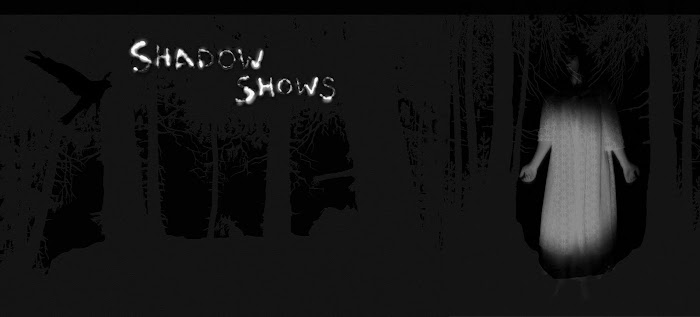It would be impossible to plan a film exploring shadow techniques without becoming aware of the great pioneer of silhouette films, Charlotte (Lotte) Reiniger (1899-1981). Her extraordinary The Adventures of Prince Ahmed (1926) is the oldest surviving animated feature film, a highly evocative tale from the 1001 Arabian Nights that is consistently being re-discovered (and re-scored) for new audiences. (We actually visited the Lotte Reiniger Museum in Tubingen on our second trip to Baden-Wurrtemburg in Summer 2010, which I will go into in another post).
Planning to shoot some 16mm silhouette animation for Shadow Shows, I managed to find an ex-library copy of Reiniger's out-of-print book Shadow Theatres and Shadow Films published in 1970 by B.T. Batsford. It's her comprehensive overview of shadowplay in all it's forms, with a substantial section on filming techniques.
I might have stumbled through with my own experiments, but as I was limited by time and film stock Lotte's how-to guide proved essential. (Another useful book was Shadow Puppets and Shadow Play by David Currell).
With Lotte's imposing shadow leading the way, I set about building an animation rostrum table (or trick table as she describes it): adapting a large computer work station by removing the doors and shelves, allowing space for lights, I cut an A3-sized hole in the table top, creating a sunken beveled lip for a piece of 8mm glass to sit in laying flush with the table surface. A piece of 140gsm architect paper went on top of the glass. By complete fluke, I had recently been given a photographic rostrum kit by a retired cinema projectionist who was having a clearout - the kind that you used to be able to buy from Jessops, and would have set you back over £800! This one was built in Poland and beautifully made - essentially a sturdy wooden base board with a metal column and adjustable camera head attached, and a set of four 150w lamps with clamps to fix them around the base.
I adapted this kit so that the column was reversed on the base (then when the stand was secured above and behind my hand-built table, the camera would be looking over it rather than facing the other way!) The lighting was secured inside the trick table and screened off with heavy blackout material...and that was pretty much it. As I was shooting my silhouette animation with a Bolex 16mm film camera, I had some working out to do as far as focal distance/exposure etc, but all in all it wasn't too difficult - and looked gratifyingly close to Lotte's own trick tables. What I hadn't taken into account was how difficult the actually animation would turn out to be - I'd scaled down my shooting area to around half of that which she had used (for a variety of reasons). My tiny 8cm figures, painstakingly cut from black card and having around fourteen micro-miniature wire joints each, did not appreciate my choice of scale at all, and took a great deal of coaxing to perform for me.
Film Still Copyright 2010 Scott Johnston




No comments:
Post a Comment